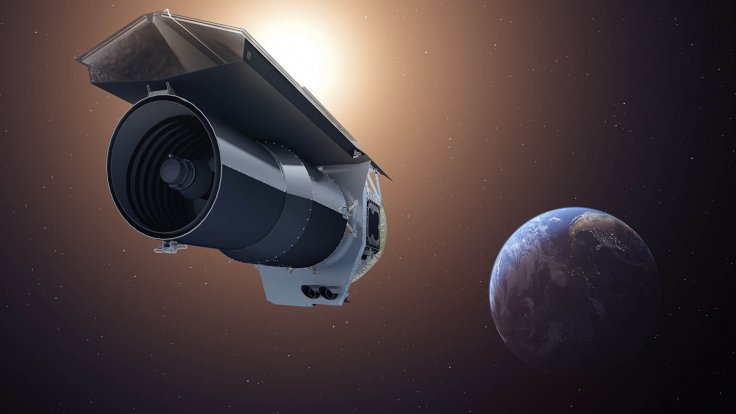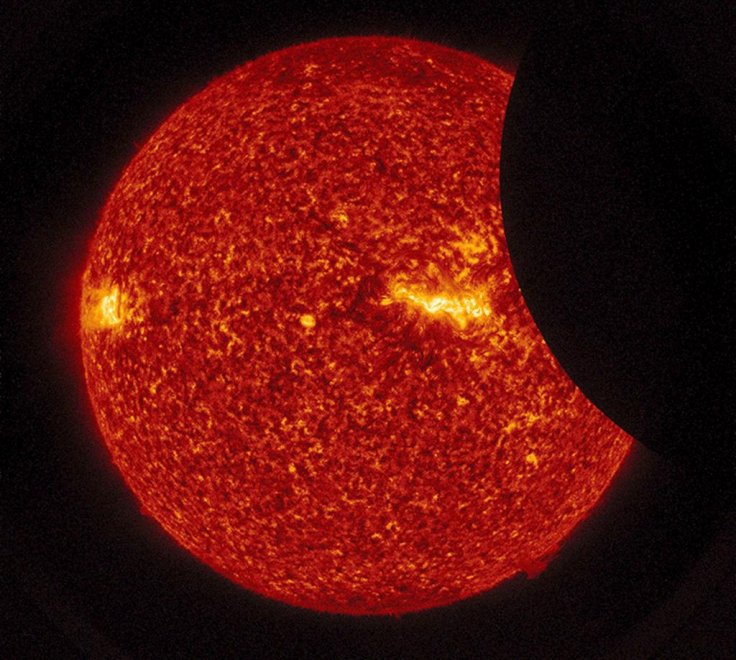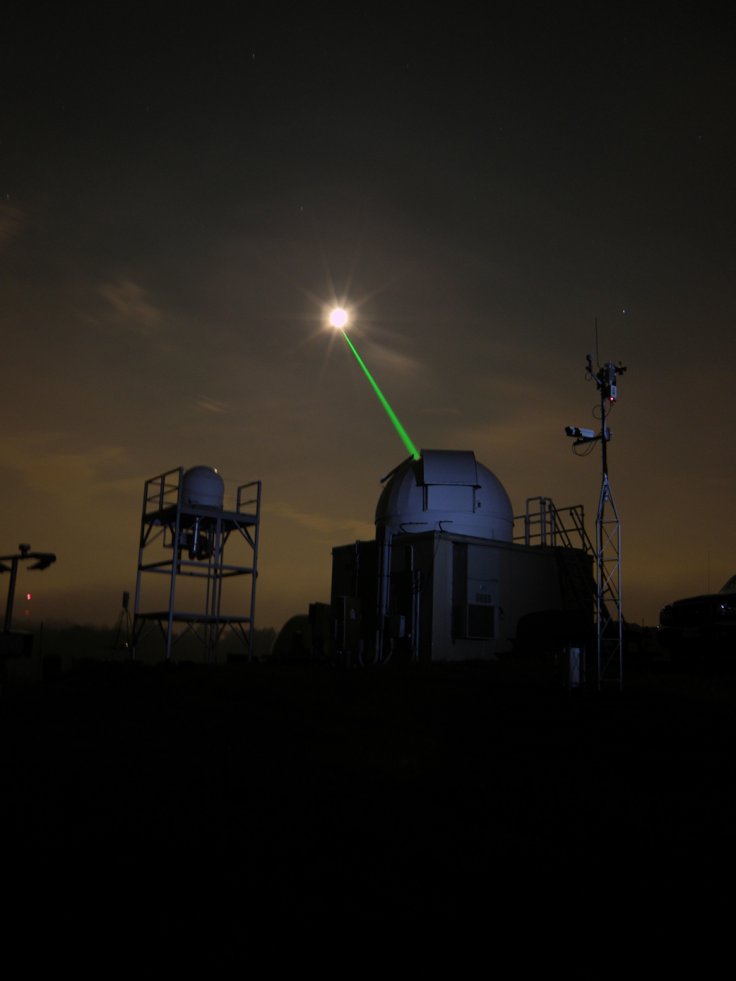No one would say that 2020 was a year that did mind its business. Along with the pandemic, the year witnessed a series of mysterious and unprecedented incidents. Although it was a year when monoliths started appearing across the globe and the world still hasn't experienced the arrival of extraterrestrial lives as of yet. However, scientists did come close to understanding about life from beyond the horizons.

Here are 5 things that we learned about alien life in 2020 –
- We are not alone, repeat 36 times!

YouTube
Did you think we are alone in the universe? Well think again because a study published in The Astrophysical Journal in June last year cited that there are 36 intelligent alien civilizations in the Milky Way; although, we don't know for sure where they are among the hundreds of billions of starts in our galaxy.
Now, why 36? Why not 37 or 35? Well, according to the study, the researchers concluded the number by using the decades-old alien-hunting Drake equation. Astronomer Frank Drake debuted the equation in 1961, which attempts to guess the possible number of extraterrestrial civilizations in our galaxy based on several variables; such as the average rate of star formation, the percentage of stars that form planets and the much-smaller percentage of planets that have the right stuff for life.
Although, scientists don't have most of these information accurately, the researchers, associated with the study tried to solve the equation with the most updated information available and came up with the number 36. As per the study precisely 36 planets exist in the Milky Way that may host intelligent life similar to ours, or not. However, even if the authors of the study have hit a bullseye with the number, it'll still be a while before we actually find a proof of our neighbors' existence.
- What if the aliens are also looking for us? Should we put up a sign or something?

Artist's illustration of the Spitzer Space Telescope.NASA
In the meantime, are the aliens also searching the galaxy for us? This decades-old question received a new momentum when a study published in the journal Monthly Notices of the Royal Astronomical Society in October stated that currently there exist more or less 1,000 star systems have a direct line of sight to Earth, which means they could very well be watching us right now.
The team of astronomers calculated that these star systems are well within about 300 light-years of Earth and they could see our planet, as it passes between their location and Earth's sun. Those star-gazing extraterrestrial neighbors of ours could spot us by a dimming sun, when the Earth passes over it; just how we have been able to spot thousands of exoplanets by watching for abruptly-dimming stars sky. Also, if we consider that they use a technology similar to ours, they can even detect methane and oxygen in our planet's atmosphere, which would be, to them, proof of life, specified the researchers.
- Sign of alien life in the atmosphere of Venus - true or false?

Venus (Representational Picture)Pixabay
Recently Venus created a lot of buzz, as scientists discovered that possibly there the molecule phosphine exists in the atmosphere of the planet. Now what's the big deal about Phosphine? On Earth it is mostly associated with non-oxygen-breathing bacteria and - wait for it - some human life activities.
However, there's no good reason as to why it should be present in the atmosphere of Venus unless some sort of life breathing is taking place secretly in the hot and hellish planet! Although it was all very exciting and hoorah, but soon thousands of questions and doubts came to the surface surrounding the discovery.
For example, scientists couldn't say it with 100% certainty that it indeed was phosphine that they found and then scientists also concluded that even if it was what some scientists claimed it to be, several geological processes could have created phosphine totally randomly without the involvement of life at all. At the end, what we do know is that we still don't know a lot about the scorching atmosphere of Venus and just one trace of a mysterious molecule is, most definitely, not enough proof of alien life out there. It is expected that more vigorous study about the same will follow.
- Look the the white dwarfs, NOW!

White dwarf stars, which our Sun will eventually become, will become a solid crystal, according to new research.A planet beaming with life cannot exist without its sun; or can it? As we know, around 4 billion years from now our Sun will first turn into a small blazing white giant.
Humans running towards a new start system, when that happens, seems highly unlikely at this point. What we could do is, harness the dim light of our dear dead star and keep on living our mundane lives. Now, it might be possible that many other civilizations have also done the same, suggests, a paper published in the preprint database arXiv.
Humans have significantly ignored the white dwarfs in their search for alien neighbours because of the belief that a dead star is not capable of sustaining a booming civilization. However, the study points out that the white dwarfs also have planets in their orbit and it's possible that a highly intelligent civilization has found a way to make do with a dead star. Maybe now we should especially look at the white dwarfs first, instead of ignoring them.
- Sadly FRBs are not tails of hi-tech alien spacecrafts; at least not the one we found.

No one knew until recently what Fast radio bursts (FRBs) were or where they came from. Could these millisecond-long pulses of radio light be signs from aliens or their hi-tech spacecrafts? Fortunately, or unfortunately, for the first time in 2020, astronomers have successfully been able to trace back an FRB to a known source and it's nothing as exciting as an alien spacecraft. As it turned out, the source was nothing but a magnetar, which is essentially a fast-spinning, highly magnetized corpse of a long-dead star.
However, the silver lining to this discovery is that probably not all the FRBs in the night sky come from magnetars; however, the one astronomers were able to trace back was most definitely from one.
Although we did receive a lot of information about alien life in our universe, the search for it has just become a tad bit harder, as it should be mentioned here that the Arecibo Observatory's iconic radio telescope in Puerto Rico collapsed on December 1, 2020. It marks a tragic end to Arecibo's 57-year legacy of hunting extraterrestrial life signs in the cosmos.









